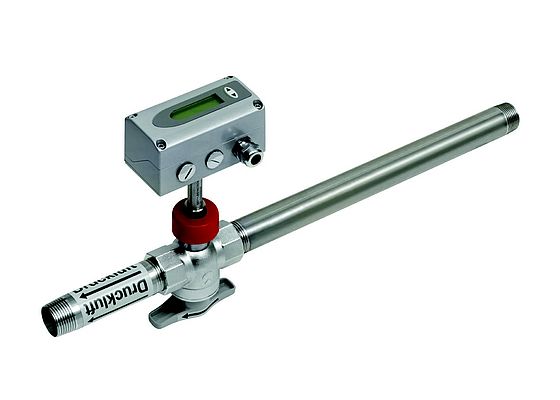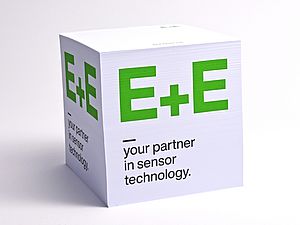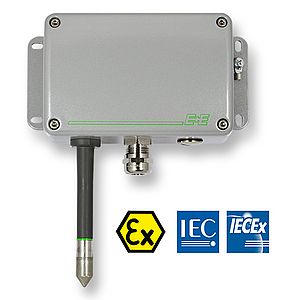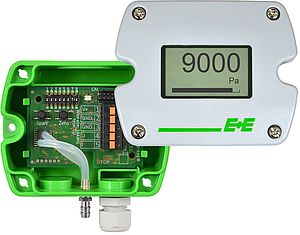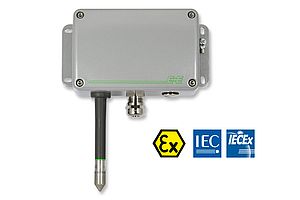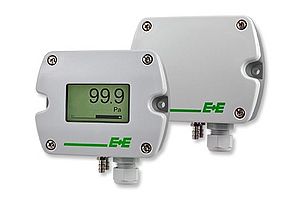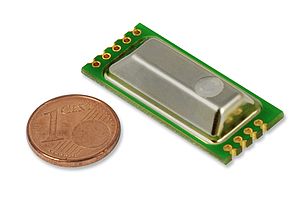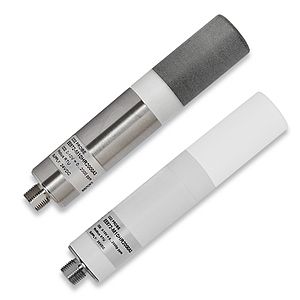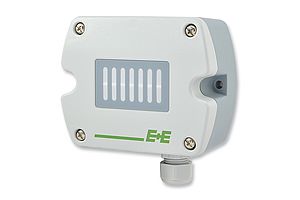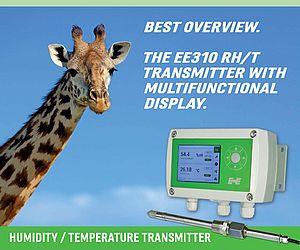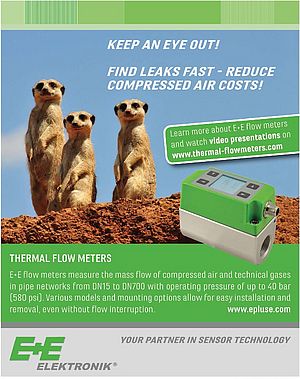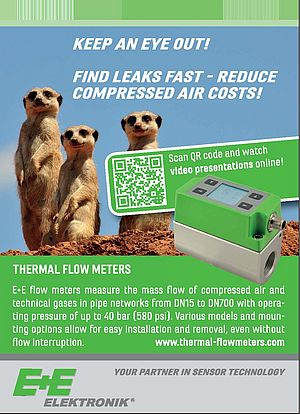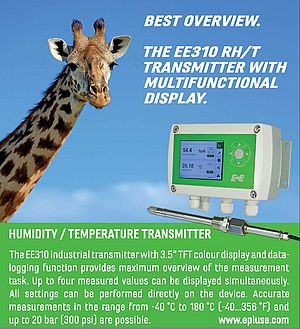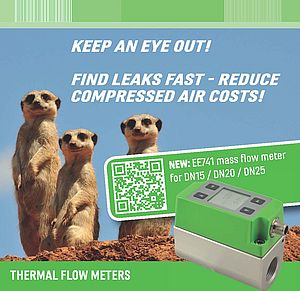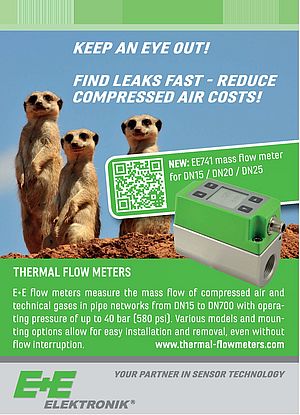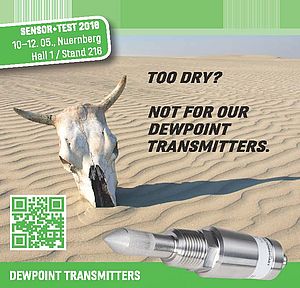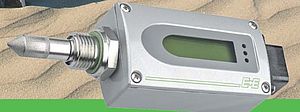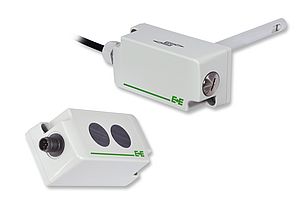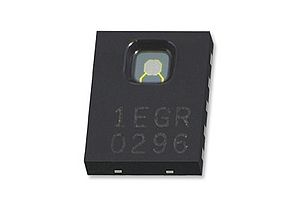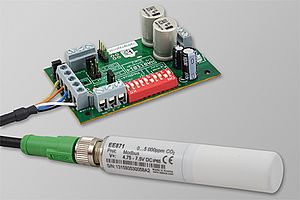The EE771 flow meter from E+E Elektronik exactly measures the mass flow or volumetric flow of compressed air and non-corrosive gasses such as nitrogen, helium, argon and oxygen in supply systems. The flow meter is based on the direct thermal mass flow measuring principle. It uses an E+E hot-film sensor element and has a 400:1 measuring range. It records the smallest volumetric flow rates and is therefore ideal for leak detection. The device can be easily mounted an removed and the measuring head can be exchanged very quickly without having to disconnect the measuring line.
Edited by: Filip Burm



